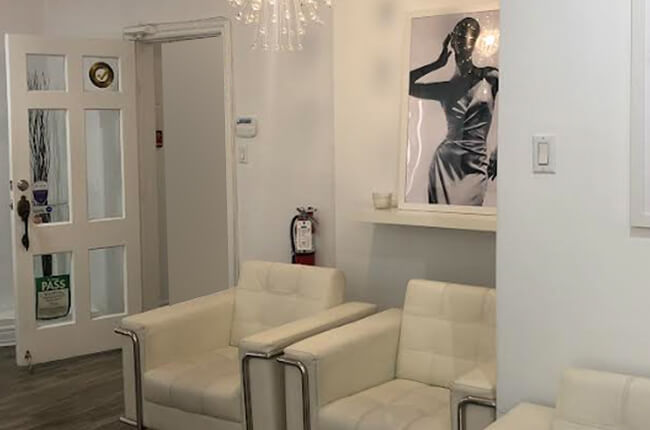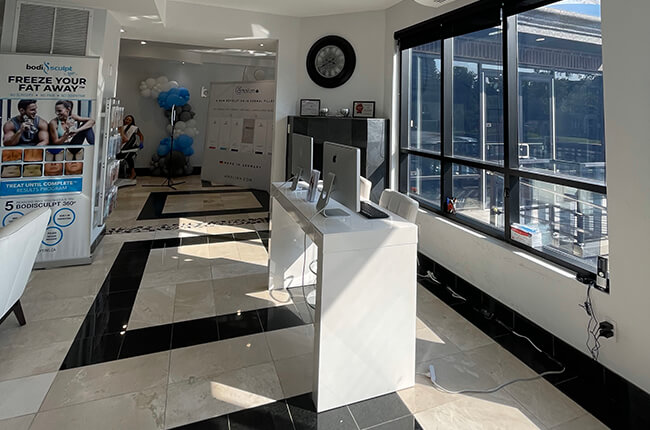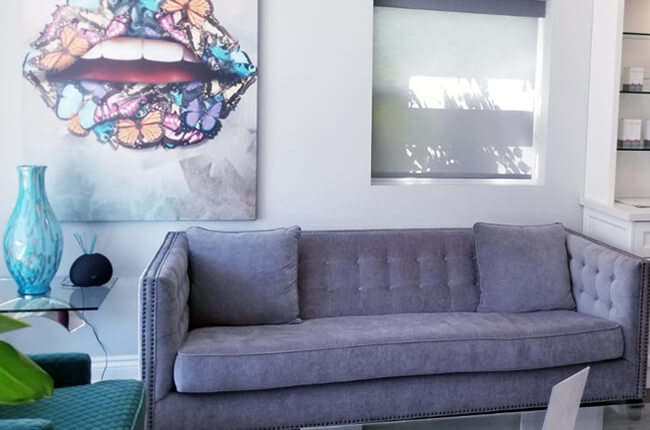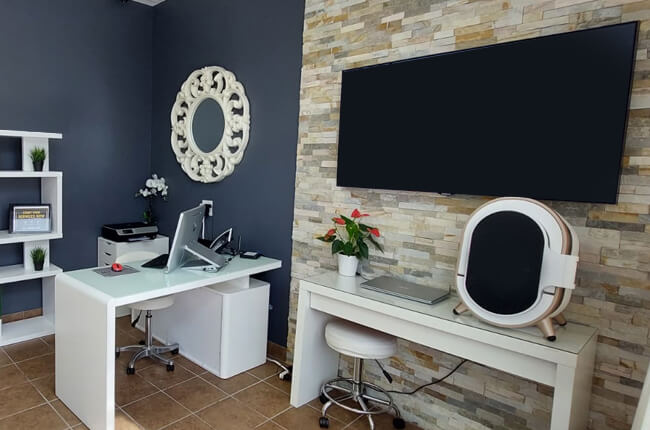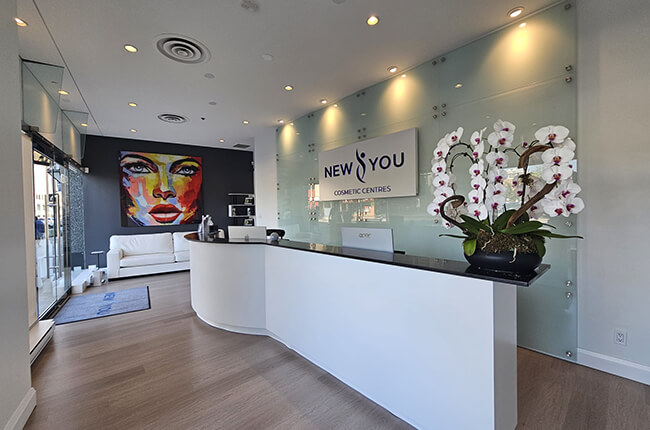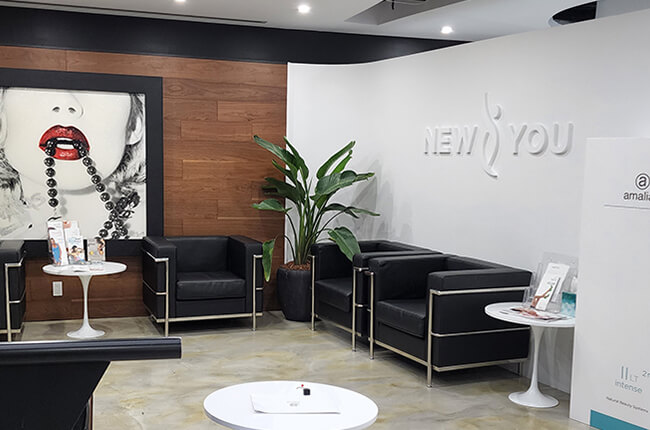Anti-Aging Treatments
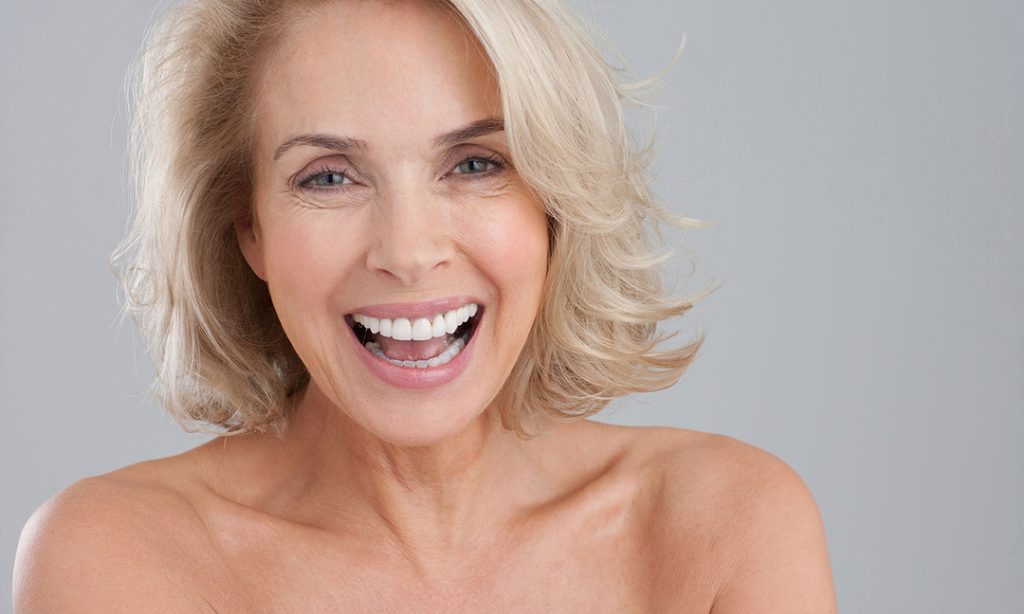
Chronic fatigue is a recognised medical condition. Everyone feels tired at the end of a long, active day, but chronic fatigue is much more. People with chronic fatigue have low energy and lethargy throughout the day, even with plenty of sleep.
Naturally, chronic fatigue can have a massive impact on your life. It can affect your work as well as your personal relationships and social engagements. Fortunately, there are therapies available to address this condition.
What Causes Chronic Fatigue?
Chronic fatigue can result from a variety of medical problems. For instance, endocrine system disorders can lead to excessive tiredness. Mental health issues may also cause chronic fatigue. However, nutrient and vitamin deficiencies are some of the most common culprits for chronic fatigue. Vital minerals like iron and essential nutrients such as vitamin B12 contribute to appropriate energy reserves, and low levels of these compounds can cause persistent weariness.
How to Treat Chronic Fatigue
Cryotherapy is frequently a successful method of counteracting chronic fatigue. Provided by our advanced whole body cryotherapy machine, intense cold triggers your body to deliver more endorphins and nutrients. The result is more energy and invigoration.
IV drip therapy is another excellent way to address chronic fatigue. Your IV therapy is comfortable, and you’re able to relax throughout the process. The IV can be customised to provide necessary nutrients, healing factors, and more so that you can face life with sufficient vigour and focus.
Fatigue Joint Pain
Unfortunately, we have all experienced pain, whether it was temporary or chronic, mild or severe we have all suffered through an injury. This can be further exacerbated by chronic fatigue and an overall sense of being rundown or tired. Joint pain can have many possible causes. The reason for your joint discomfort can be as simple as a sprain, or your joint pain may seemingly arise out of nowhere. For some people, cold or wet weather is a trigger. Whatever the cause of your joint pain, we have treatment options that can provide relief.
What Causes Joint Pain?

Most joint pain is the result of overuse or injury. Even if you don’t overextend your joints, repetitive motions – like typing on a keyboard or swinging a baseball bat – can lead to intense joint pain. Gentle exercise may help reduce joint pain. But ironically, the most active individuals often suffer from chronic joint pain. Sports, even gentle athletics like golf, can put stress on your joints over time, leading to inflammation and pain.
Treatment for Joint Pain
Altering the intensity and type of your activities is often beneficial for joint pain. Consider switching to gentle, low-impact exercise. Many patients also find temporary relief from non-prescription anti-inflammatory medications such as ibuprofen.
Ice has long been recognised for its help with joint pain. Application of cold packs can soothe irritated joints by dulling pain and reducing swelling. We apply this concept with our high-tech, safe whole body cryotherapy treatments.
Cryotherapy uses intense cold to lessen the pain of sore or strained muscles and joints. Cryotherapy also stimulates collagen and amino acid production, two major anti-inflammatory agents. A single treatment lasts only a few minutes but produces profound effects. Give whole body cryotherapy a try for a non-invasive method of improving joint pain and allowing you to continue an active lifestyle.
- Whole Body Cryotherapy
- IV Drip Therapy
Muscle Pain
A sore muscle is usually little cause for concern, but when muscle pain becomes intense or refuses to improve, you need to take action. Muscle pain often occurs more frequently with age. Still, you do not have to accept unrelenting muscle pain as a daily part of life when there are quality therapies available.
What Causes Muscle Pain?
Every time a muscle contracts, waste products build up in the muscle tissue. This is why your muscles will quickly become sore and tired with repeated use. However, chronic muscle pain usually results from frequent overuse or injury.
Unfortunately, we have all experienced pain, whether it was temporary or chronic, mild or severe we have all suffered through an injury. This can be further exacerbated by chronic fatigue and an overall sense of being rundown or tired.
Fatigue, Joint and Muscle Pain Prevention & Treatment
Eating a well-balanced diet and getting enough rest can help reduce fatigue. Increased physical activity can also help the body build its energy stores to combat fatigue.
For joint and muscle pain changing your exercise routine can alleviate some of the pain. Taking a medication that strengthens muscle and joints is also an option. Trying less impactful exercises like swimming or brisk walking can also cut down on the pain you feel in your downtime.
Treatments for muscle pain
Frequently, resting a muscle is sufficient to deal with temporary muscle pain. If you give your muscles a few days off, you may be rid of the pain altogether. Other times, greater measures are necessary to deal with the inflammation that is responsible for muscle pain.
Applying cold to the affected muscles can do wonders for stubborn pain. Cold stimulates blood flow and leads to an influx of oxygen, amino acids, healing factors, and other beneficial agents. For effective and non-invasive cold therapy, try whole body cryotherapy at New You Spas. Our advanced cryotherapy machine provides treatments that last only minutes but stimulate blood flow to your body’s core. The result is decreased pain, increased healing, and muscle invigoration.
IV drip therapy can also significantly help with chronically sore muscles. The IV delivers amino acids and other nutrients, allowing your muscles to recuperate and feel better.
Book your free consultation
If you have a treatment in mind, or would like to discuss available options book a free consultation today and be on the road to the New You in no time.
Incontinence
Incontinence is one of the signs of aging that is most problematic. While the condition affects millions of adults worldwide suffering from incontinence can be life altering.
Causes
Urinary incontinence is the inability to control your bladder voluntarily. It is a significant problem, especially among older adults. Our muscles often weaken as we age, and this includes the muscles involved in bladder control. Unintentional urination can occur as a result, whether while awake or when sleeping.
Of course, incontinence can be a huge source of embarrassment. The condition may also cause you to limit your social activities or only travel when a restroom is nearby.
What Causes Incontinence?
In women, muscle laxity in the pelvic floor is one of the most common causes of incontinence. The pelvic floor muscles include bladder muscles and the muscles of the vagina. Childbirth and previous pelvic surgery can contribute to the problem.
Incontinence does not have to be complete emptying of the bladder. Instead, it may be “leakage.” This leakage can be brought on by coughing or sneezing. Other times, incontinence may occur during sleep. Whatever the degree of your urinary incontinence, help is available.
How to Treat Incontinence
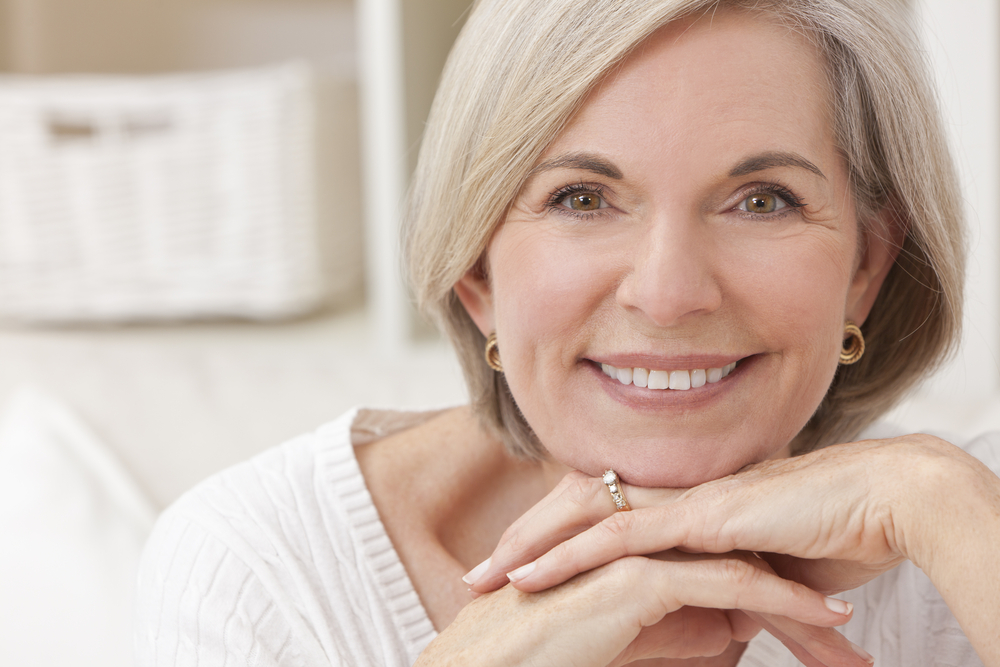
Pelvic floor exercises, including Kegel exercises, may help patients dealing with incontinence. Other patients choose to use absorbent pads or briefs. However, there is another option. High-intensity focused ultrasound (HIFU) vaginal treatments can help tighten the muscular layers of the vagina. For many women, HIFU treatments aid in urinary control and assist in decreasing incontinence. HIFU does not use lasers and is pain-free. HIFU can be particularly useful for women who notice vaginal laxity after childbirth or for women experiencing menopause. Older women can also benefit from the effects of HIFU therapy, including greater urinary control.
Treatments for incontinence
Sun Damage & Sun Spots
What Causes Sun Damage?
The sun’s rays can be damaging to our skin. Especially if we don’t protect our skin before exposure and moisturizing it afterwards.
The damage the sun does to our skin is often referred to by several names. Including photoaging, photodamage, solar damage, or sun damage. It is caused when ultraviolet (UV) light penetrates the skin causing DNA changes at a cellular level. Because sun damage happens in the deepest layers of the skin. The dermis—it can take years before the effects are seen on the outer most layer of the skin.
Once visible sun damage can appear as discolored spots, changes in texture, fine lines and wrinkles. Even moles and freckles and in some cases skin lesions that are cancerous.
Preventing and treating Sun Damage
The best way to protect the skin from sun damage is to limit the amount of sun exposure your skin endures. Gardening or walking in the early morning hours before the sun is its most potent can help reduce the risk of sun damage.
Using a strong SPF on all exposed skin can also prevent the harmful effects of the sun. Sunscreen should also be worn in the winter. Large brimmed hats, sunglasses and covering exposed skin can also mitigate the dangerous effects of the sun.
Have moles, skin lesions and other skin abnormalities examined by a doctor to ensure it is not cancerous.
Treatments for Sun Damage
Financing Options
Click here to find out more about our financing options!





